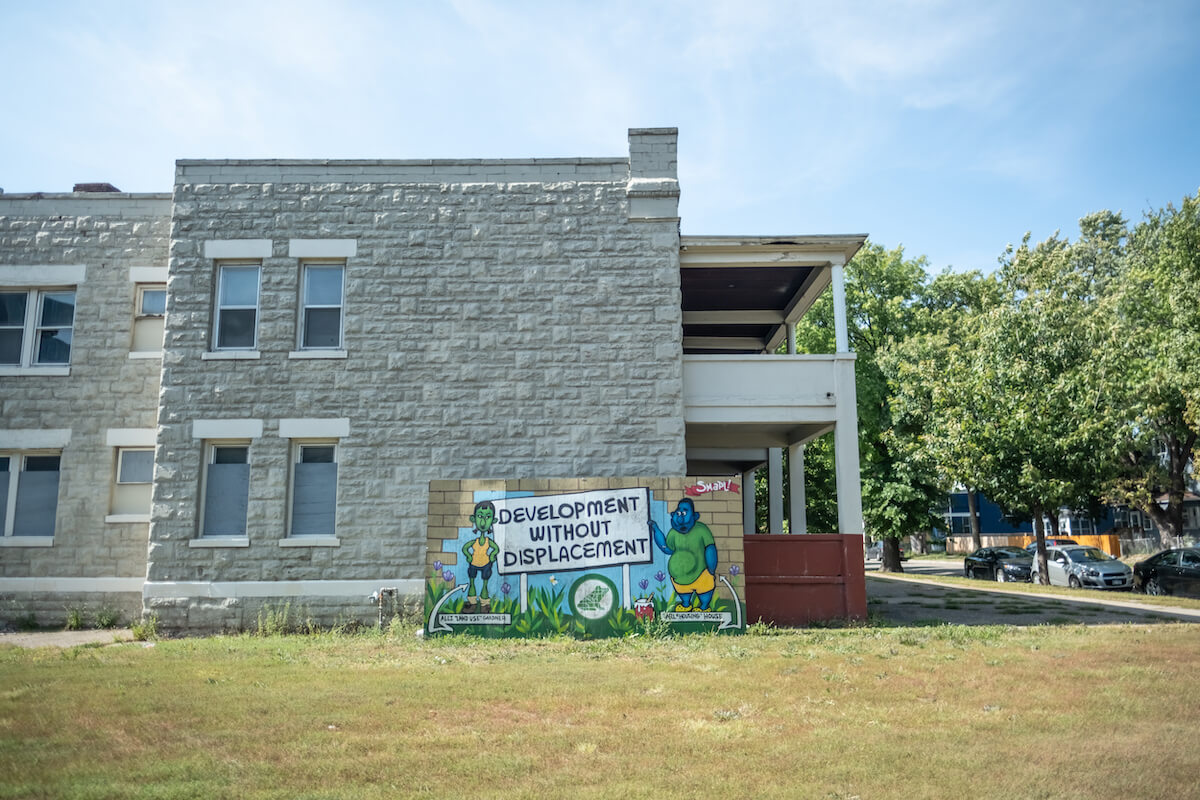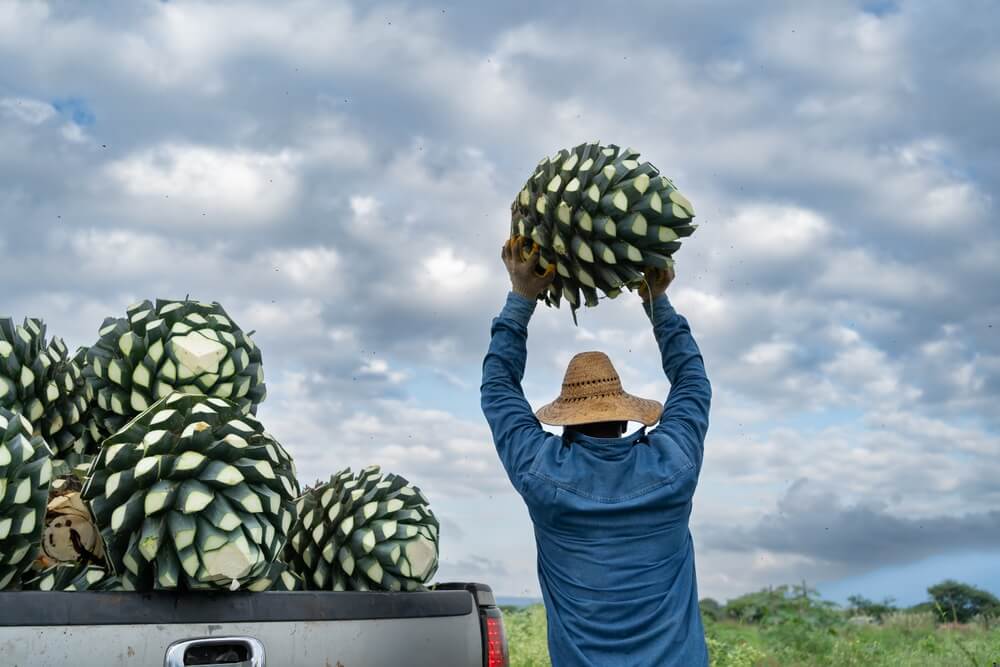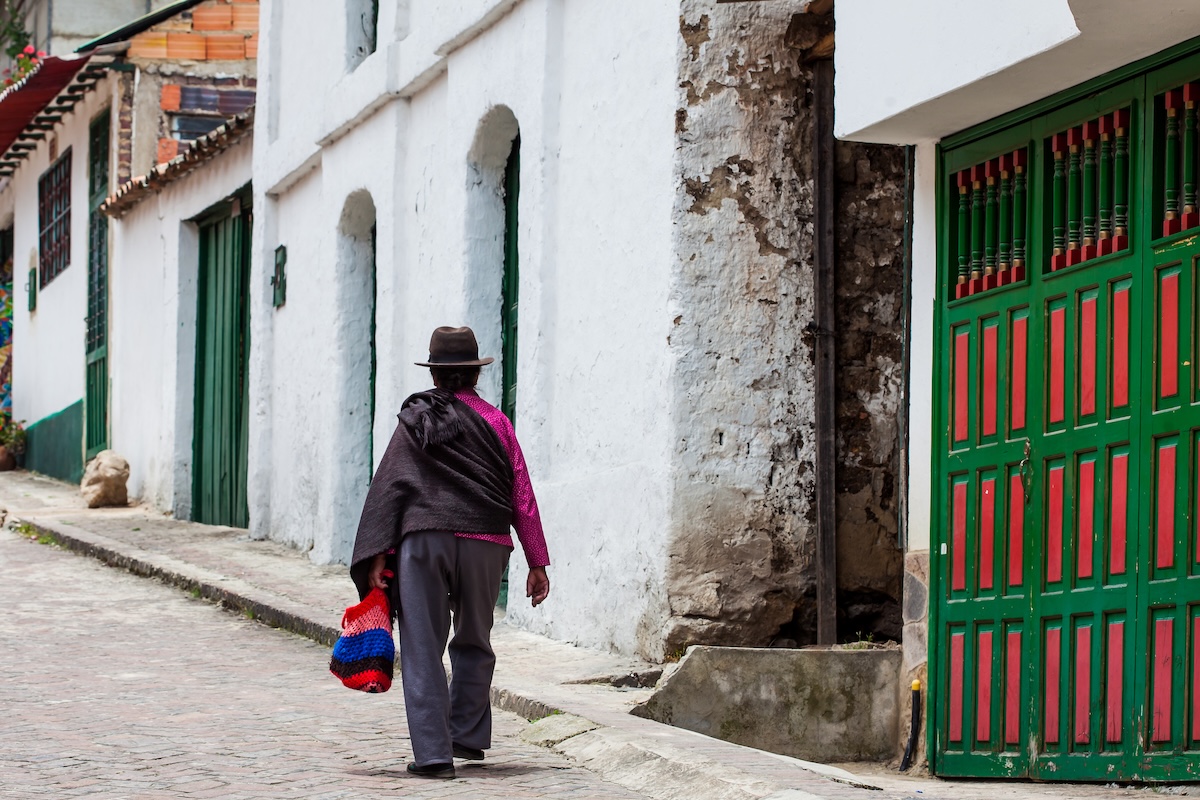What’s not to love about planting trees? Once considered a tried and true solution to the climate crisis, tree-growing has lately been given a bad name. The culprits are misleading carbon offset campaigns plagued by ‘phantom credits’ (aka a lack of genuine carbon reductions) and greenwashed planting efforts that have little positive – or even negative – impacts on the ecosystems they are supposed to benefit.
A recent 9-month investigation by The Guardian into carbon offset programs charged that 90% are worthless. It is the latest in a growing body of research raising concerns around carbon offsetting. This data and backlash are leaving funders hesitant to invest in tree-growing efforts and at a loss for how to identify projects that have true impact.
The funding community is right to question the efficacy of certain tree-growing initiatives. But we must not give up on such projects altogether. The reality remains that tree growing, coupled with protecting, conserving, and enhancing our existing forests, is proven to be effective at reducing greenhouse gas concentration in the atmosphere, and can even provide critical day-to-day human material needs. Instead of abandoning this work, we need catalytic capital to flow to the right tree-growing initiatives to restore trust in trees as a climate solution and empower the communities leading these projects successfully to continue to grow and scale their work.
Right tree, right place, right community
Many Indigenous communities have been working harmoniously with nature to grow and care for trees for centuries. Take, for example, Ekvn-Yefolecv, an Indigenous-led silvopasture project to grow hundreds of trees, rematriate Bison, and protect more than 730 acres of endangered longleaf pine montane ecosystems. The Alabama-based project is catalyzing landback, livelihoods, and Indigenous self-determination, and protecting lands from the risks of mining and timber harvesting, all while directly contributing to sequestering 180 metric tons of carbon annually.
Another group, Aliados, works with over 90 Kichwa Indigenous farming communities in the tropical Amazon to create resilient community business based on biodiversity. They’ve grown 30,000 seedlings to foster habitat connectivity for large mammals and birds over a region of 42 hectares in the megadiverse Amazon basin.
The U.S. and Ecuador-based nonprofit launched the program after a decade of experience co-creating sustainable livelihoods after the Kichwa community advised that, in addition to conservation, a reforestation program was needed to counter the effects of deforestation and climate change. This project exudes success on so many levels – from the integrated livelihood partnerships that Aliados has cultivated to create markets for perpetual tree crops to incentivize the community to protect trees, to empowering the leadership of Indigenous communities, to the estimated 750 tons of carbon sequestered each year by the fast-growing tropical trees they’ve grown.
More capital needs to flow to initiatives such as these that are science-backed, data-driven, and follow what we at Jonas Philanthropies Trees for Climate Health Initiative call the right tree, right place, right community approach. What that means is projects that plant native species that fit in with local flora and fauna, are designed with ecological and historical consideration of place, and are determined and controlled by local community members with deep understanding and synergy with local ecosystems. Jonas Philanthropies aims to grow more than 10 million trees this way by 2025.
In addition to effectively sequestering carbon, these projects advance climate justice by mitigating the impacts felt by frontline communities and meeting basic needs that are increasingly threatened by climate disasters – helping communities grow food, build flood and drought resilience, provide shade, etc.
Catalytic capital
The World Resources Institute (WRI) has identified major capital gaps in funding flows to tree projects in general, and even more so to projects with this nuanced, community-led approach. In the U.S., Indigenous communities receive just 0.4% of philanthropic funds.
We as a funding community are uniquely positioned to galvanize greater support for right tree projects. The more of these initiatives we fund, the more data we’ll be able to collect to paint an aggregated picture of the overall patterns of success from taking a principled, science-backed, and community-centric approach. While it seems obvious that communities that depend on trees for medicine, fiber, and food will care for them best, follow-on funding is needed to gain proof points for efficacy and unlock greater capacities and incentives to invest in these projects.
If philanthropic actors can prove that this stacked function, right tree approach is effective, billions of dollars of other funding will follow. What’s more, this kind of catalytic capital would promote community self-determination and sovereignty to help change the nature of the wealth divide. It would also ensure that planting or growing trees does not just become a carbon game, but fundamentally changes the nature of how our society is structured.
Planting trees en masse is both critical for human survival and one of the single most cost-effective ways to relieve human suffering while forestalling or reversing species extinction. In its current mainstream iteration, planting trees isn’t going to impact the climate crisis significantly. But right tree, right place, right community campaigns that encompass a more holistic approach to growing trees while centering frontline communities might just make a difference for a liveable future.
Erin Axelrod is the Project Director for Jonas Philanthropies Trees for Climate Health initiative and a Partner/Worker-Owner at LIFT Economy, helping to accelerate the spread of businesses that benefit our climate, specializing in enterprises that address soil and water regeneration and uplift traditional ecological knowledge. In addition to spearheading Jonas Philanthropies Trees for Climate Health initiative, the ambitious reforestation initiative working to direct $10M in funds to tree-growing initiatives by 2025, Erin also leads LIFT Economy’s regenerative agriculture investor network and a Restorative Ocean Economies Field-Building Initiative.











